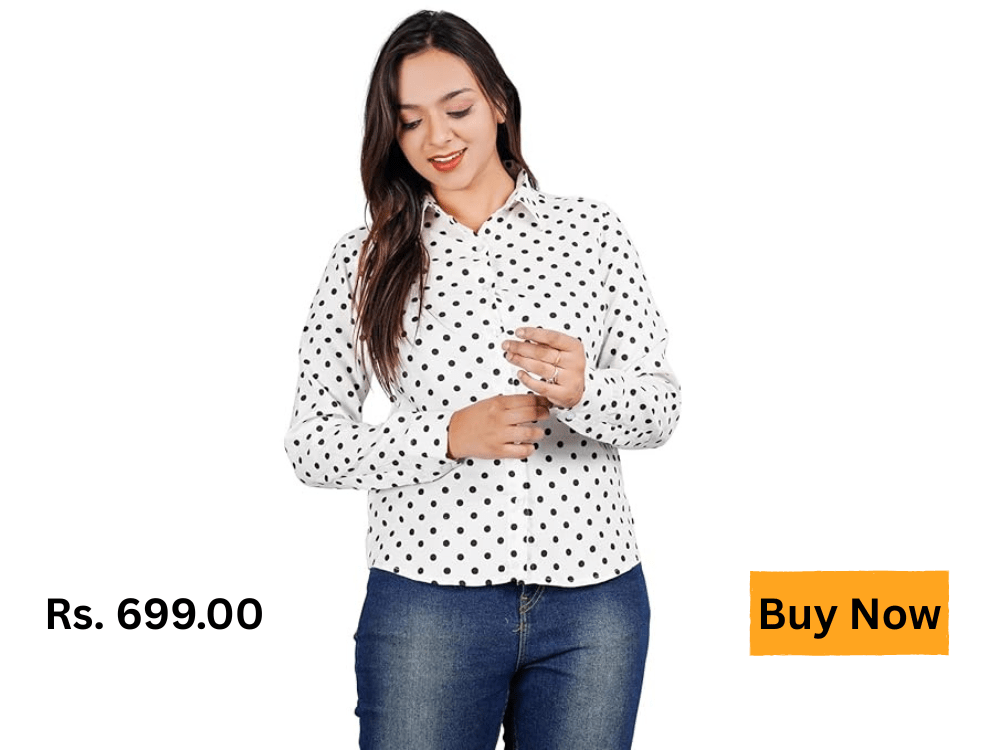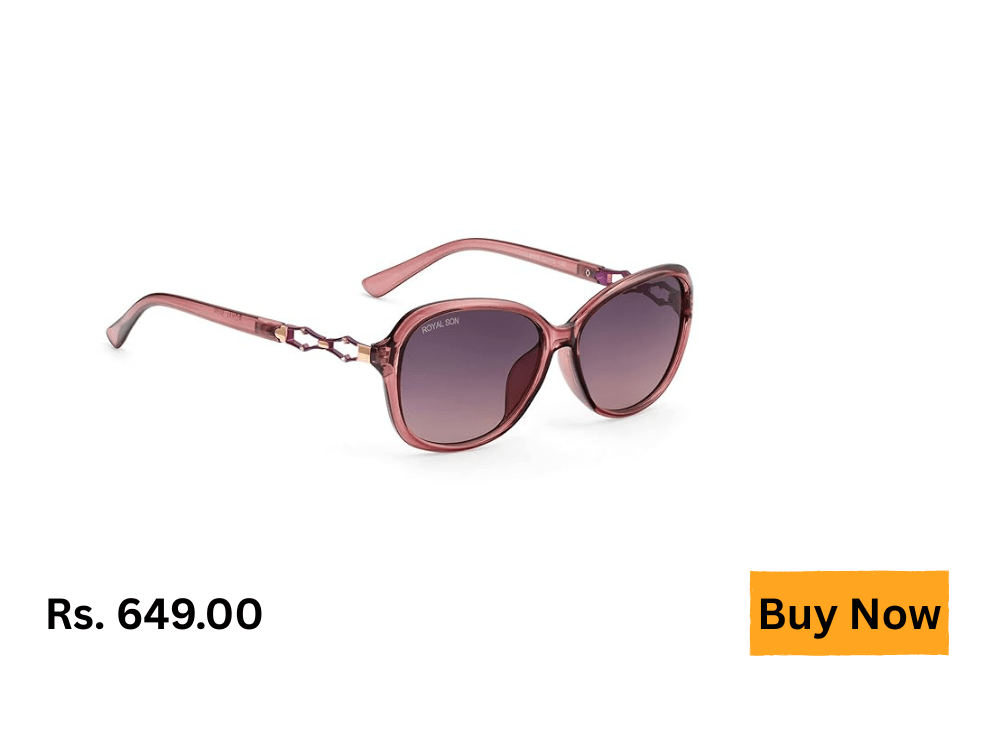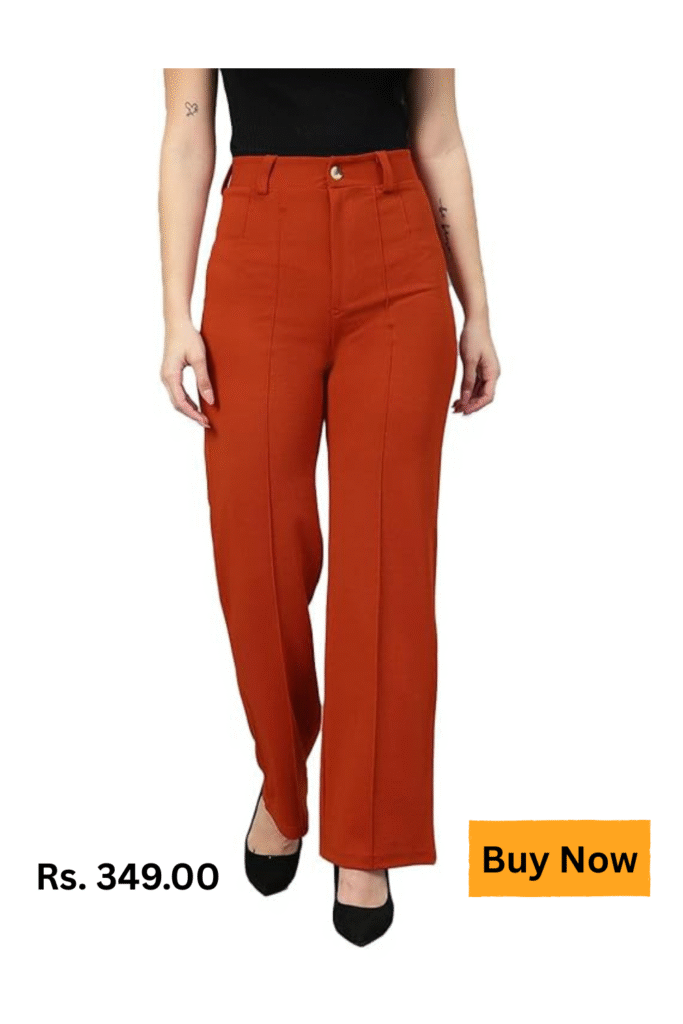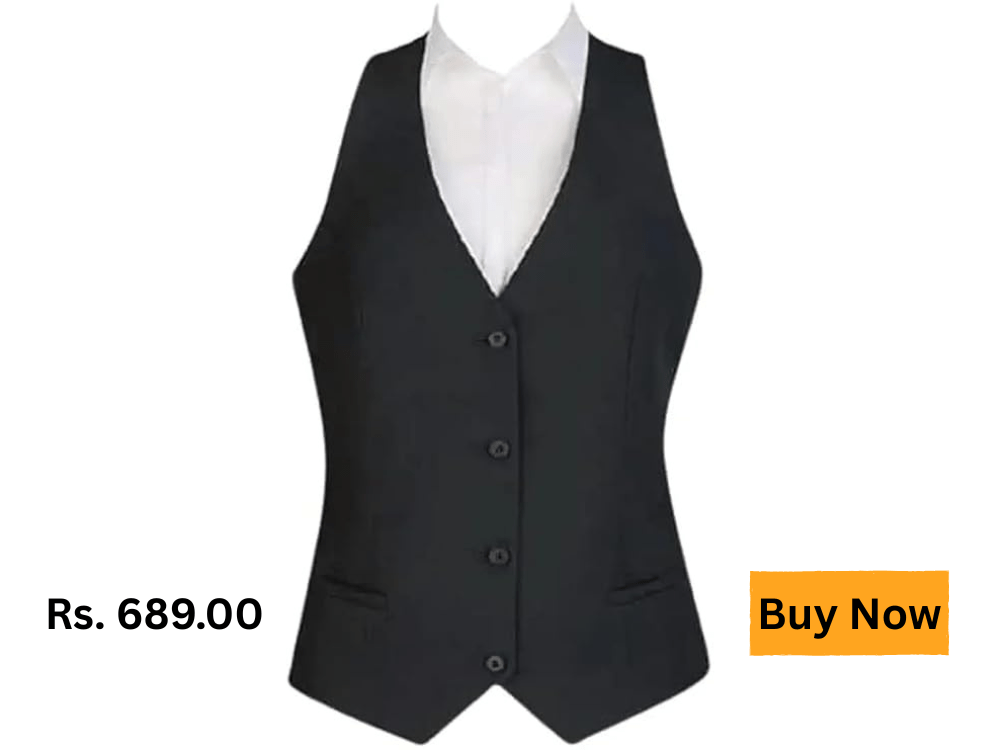Why Vintage Women's Clothing Is the Most Sustainable Fashion Choice
Introduction

Ever browsed your grandmother’s closet and realized her 1970s maxi dress looks better than anything at the mall? That’s not nostalgia talking—it’s sustainability whispering in your ear.
When you choose vintage women’s clothing, you’re not just channelling retro vibes. You’re actively reducing fashion waste that’s literally burying our planet.
The fast fashion hangover is real. While trendy retailers pump out 52 micro-seasons yearly, those vintage pieces from decades ago are still turning heads without turning up in landfills.
But here’s what most sustainable fashion advocates won’t tell you about vintage shopping: it’s not just about saving the planet—it’s about discovering why clothes were actually better before Instagram told us what to wear.
The Environmental Impact of Fast Fashion

Shocking statistics on fashion industry pollution
💸 Fast fashion may seem cheap—but the real cost is huge.
🌍 It’s one of the biggest polluters, causing 10% of global carbon emissions every year.
🧵 Over 92 million tons of clothes end up as waste annually—most barely worn.
🌊 Rivers in manufacturing regions often run contaminated with toxic dyes.
🧑🏭 Behind the scenes, workers face harsh, unsafe conditions just to keep prices low.
👚 On average, we wear fast fashion items only 7 times before discarding them.
❗It’s a cycle of waste, pollution, and exploitation—all for a quick trend
The carbon footprint of new clothing production
👕 Making just one cotton t-shirt uses up 2,700 liters of water—that’s enough drinking water for one person for 2.5 years.
🌍 The fashion industry’s carbon footprint is bigger than all international flights and shipping combined.
🏭 Most clothes are made in factories powered by coal-based electricity, which adds even more pollution to the air.
💨 Every new garment contributes to rising greenhouse gas levels—just to keep up with fast fashion demand.
♻️ Choosing vintage women’s clothing helps break this cycle.
🧵 Vintage fashion gives beautiful pre-loved pieces a second life—no extra water, no new emissions, no guilt.
🌱 It’s a simple way to reduce your impact, look unique, and support sustainable style that truly lasts.
Textile waste and landfill concerns
🚫 Your old clothes don’t just vanish after you toss them.
🗑️ In the U.S. alone, 11.3 million tons of textiles are thrown away each year—that’s 2,150 items dumped every second.
🧵 Most of these clothes are made with synthetic fabrics like polyester, which can take up to 200 years to break down.
🧬 As they sit in landfills, they release microplastics into our soil and water, harming ecosystems.
🔁 Only 15% of clothing gets recycled—the rest just adds to overflowing dumps.
🌿 Switching to vintage women’s clothing helps stop this waste before it starts.
👜 When you choose vintage, you’re giving fashion a second life—instead of sending it to the landfill.
💚 It’s a small change with a huge impact—for the planet and your wardrobe.
Chemical usage in modern manufacturing
🧪 Today’s fashion industry is soaked in chemicals—literally.
🌾 Cotton farming uses 16% of all insecticides worldwide, harming soil, insects, and farmers.
🎨 Fabric dyeing involves nearly 8,000 synthetic chemicals, some linked to cancer and birth defects.
🌊 These toxins often end up in rivers and lakes, polluting drinking water and damaging local ecosystems.
👗 That “cheap” new dress? It comes with a hidden toxic cost for people and the planet.
♻️ Choosing vintage women’s clothing means skipping that harmful production process entirely.
🌿 Vintage fashion is already made—no pesticides, no new chemicals, no added damage.
💫 It’s a cleaner, safer, and more responsible way to look good without hurting the earth.
Why Vintage Clothing Stands Out as Sustainable

A. Zero new resources required
🔄 Vintage women’s clothing gives sustainability a stylish new twist.
🧥 That perfectly worn-in ‘70s jacket? It’s not just a fashion win—it’s an eco-conscious power move.
🌾 No new cotton was grown, 🌫️ no polyester was produced, and 💧 no water was polluted to make it.
🌍 Every vintage piece you wear avoids the harmful impact of new clothing production—no chemicals, no waste, no guilt.
💚 You’re saving resources and making a bold fashion statement with a story.
✨ Vintage fashion isn’t just old—it’s original, mindful, and planet-friendly.
👜 So the next time you wear vintage, remember—you’re not just dressing up, you’re stepping up for sustainability.
B. No additional manufacturing emissions
👗 That stunning piece of vintage women’s clothing in your closet? It’s already done its time—for the planet.
🏭 The dyes, treatments, and factory emissions it took to make it? All happened decades ago.
🌫️ No extra pollution. No new carbon footprint. Just timeless style with zero impact today.
♻️ By choosing vintage, you’re basically wearing carbon-neutral fashion—something fast fashion can’t claim.
🌍 It’s a way to look great without adding a single puff of smoke to the atmosphere.
💫 Fashion that’s both fabulous and forward-thinking? That’s the true beauty of vintage.
C. Extending the lifecycle of quality garments
🧵 Vintage women’s clothing was made to last—not just for a season, but for decades.
🧥 That tailored 1950s wool coat you thrifted? It’s a piece of true craftsmanship, not just a trend.
🪡 From reinforced seams to luxurious linings and natural fabrics, vintage quality speaks for itself.
♻️ Every time you wear vintage, you’re not only embracing timeless style—you’re saving beautiful clothing from landfill fate.
🌿 These garments age gracefully, proving that fashion made well can last longer and look better over time.
✨ With vintage, you’re not just wearing clothes—you’re honouring history, skill, and sustainability all at once.
D. Reducing demand for new production
🛍️ Every piece of vintage women’s clothing you choose is a quiet rebellion against fast fashion.
🧵 It’s simple: the more we wear pre-loved, the less demand there is for mass-produced, resource-draining clothing.
🏭 Fewer new garments mean less factory pollution, waste, and overproduction.
🌍 Your love for vintage actually helps ease the pressure on global manufacturing and its environmental toll.
♻️ Each vintage find isn’t just stylish—it’s a small but powerful step toward a cleaner fashion future.
✨ In a world chasing trends, vintage is your way of saying: “Quality over quantity, always.”
E. Lower overall environmental footprint
📉 The numbers are clear—vintage women’s clothing seriously shrinks your fashion footprint.
🚢 No cargo ships hauling in new clothes from overseas factories.
📦 No plastic packaging to toss out the minute it arrives.
🧪 No new chemicals, dyes, or toxic production processes involved.
👗 Just beautiful, one-of-a-kind pieces full of charm and history, ready to be worn again.
🗑️ Instead of rotting in landfills for centuries, these treasures get a second chance in your wardrobe.
🌍 It’s guilt-free style with meaning—and it’s making a real difference for the planet.
Some Vintage Styles
![Modern-Retro-Outfits[1] modern retro outfit](https://yourfashionblog.com/wp-content/uploads/elementor/thumbs/Modern-Retro-Outfits1-r8svml27qp3ta0orq07y98x6i01v62cvfukmip6y74.png)
![Retro-Style-Outfits[1] Retro-Style-Outfits[1]](https://yourfashionblog.com/wp-content/uploads/elementor/thumbs/Retro-Style-Outfits1-r8svmrn32jctjaf7nl2c8p9enp5fny2zsr50vmx6zk.png)
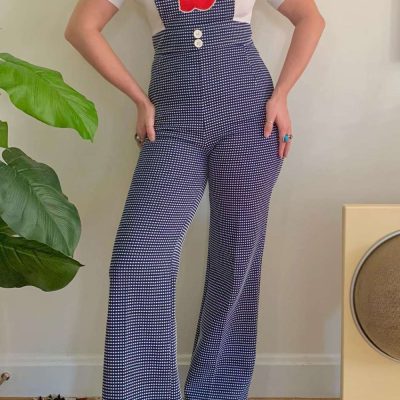
![vintage-clothing-styles[1] vintage clothing style](https://yourfashionblog.com/wp-content/uploads/elementor/thumbs/vintage-clothing-styles1-r8svmxa47jkjgy70qni3nnu680dmy4pdtj1xraoty8.png)
![Vintage-Fashion-Style[1] vintage fashion style](https://yourfashionblog.com/wp-content/uploads/elementor/thumbs/Vintage-Fashion-Style1-r8svn1zb5pqz3006z7j8i4nh6xqh0m81i6bd5ohv34.png)

The Superior Quality of Vintage Women’s Fashion

Craftsmanship from bygone eras
👗 Ever notice how vintage women’s clothing—like your grandma’s dress—still holds up beautifully today?
🪡 Back then, garments were hand-stitched with care and precision, not rushed through machines for mass production.
✂️ Seamstresses took real pride in their craft, creating clothing that was made to last, not just to sell.
🧵 Those tiny, even stitches? They’re a quiet reminder of a time when quality mattered more than quantity.
Durability of materials used decades ago
🧵 Vintage women’s clothing is made from rich, lasting fabrics—like pure wool, silk, and cotton—not the flimsy blends we see today.
🧥 These materials don’t just last—they age beautifully, gaining character and softness over time.
📆 A 1950s wool coat that still looks chic today? That’s proof of real durability.
🚫 In contrast, modern fast fashion often falls apart after just a few washes—no story, no staying power.

Timeless designs that transcend trends
👗 Vintage women’s clothing wasn’t made to go out of style in a month—it was made to last for years.
✨ A well-cut 1960s A-line dress? Still turns heads today with its timeless silhouette and elegance.
🧵 These pieces focus on flattering cuts and thoughtful details, not short-lived trends.
⏳ When you wear vintage, you’re choosing style that’s already proven itself—season after season.
Style Ideas
Economic Benefits of Choosing Vintage
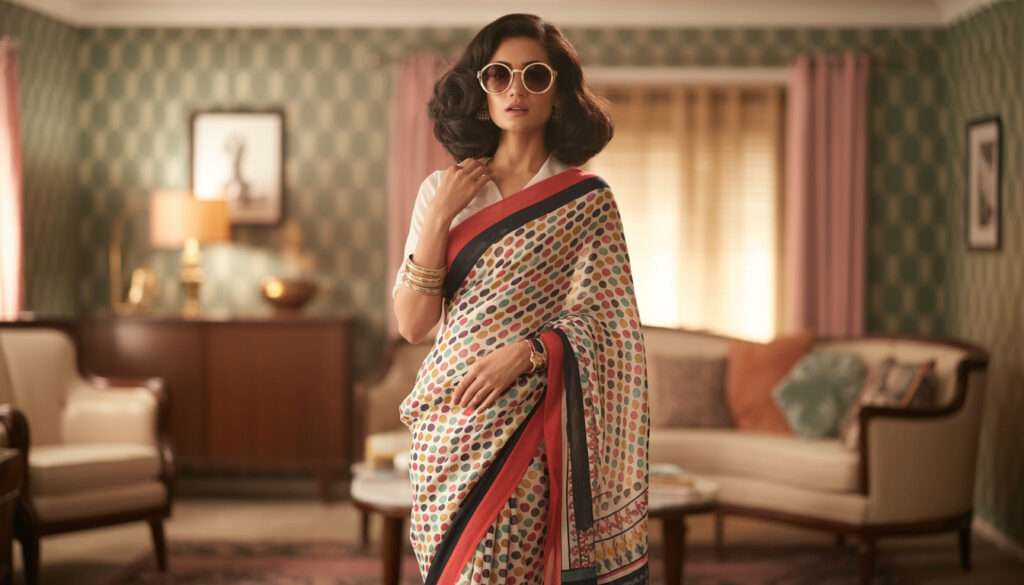
Value retention of quality vintage pieces
💰 Vintage women’s clothing doesn’t lose value the moment you buy it—it often holds or gains worth over time.
👗 A classic piece, like a 1950s Dior dress, can resell for the same price—or even more—years later.
🧾 Unlike fast fashion, vintage is an investment, not just an impulse buy.
📈 It’s smart style with lasting value—fashion math that actually makes sense.
Investment potential of certain vintage items
💎 Vintage women’s clothing and accessories aren’t just stylish—they’re wearable investments.
👜 A Chanel 2.55 bag from the ’80s? It’s gone up over 70% in value in the last 10 years.
📆 Certain designer pieces from iconic eras become rarer—and more valuable—as time goes on.
💡 Smart fashion lovers know: buy what you love, but also what’s likely to hold or grow in value.
Supporting small businesses and local economies
🛍️ Buying vintage women’s clothing supports local, passionate small business owners—not giant fast fashion chains.
🔎 That perfect ’70s jumpsuit you found? Someone carefully sourced it with love and style in mind.
💼 Vintage shops help create local jobs, pay local taxes, and keep money in the community.
🏘️ They bring unique character to neighbourhoods—something big-box stores simply can’t replicate.
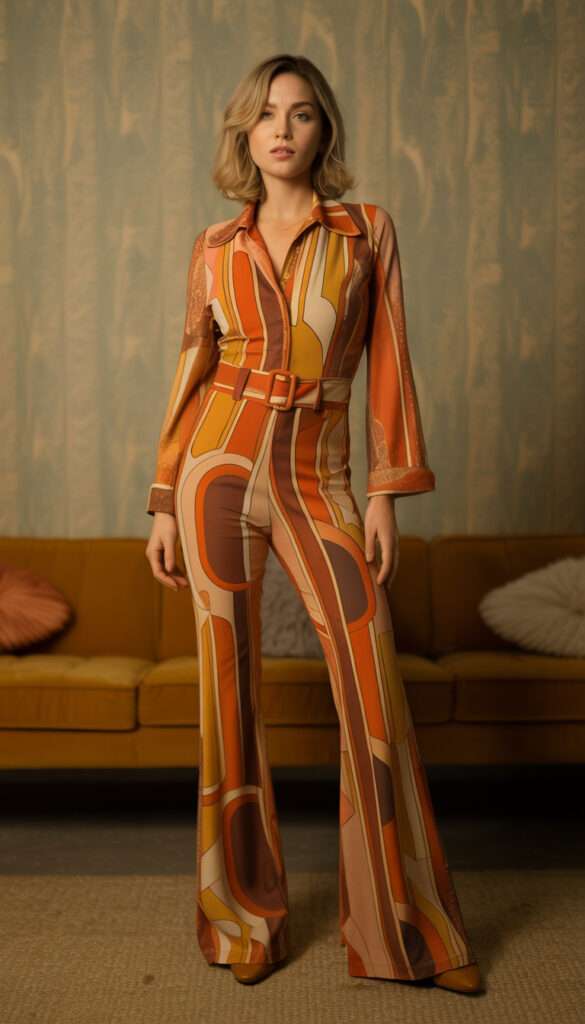
Avoiding the markup of new designer items
💸 Why spend ₹30,000 on this season’s designer dress when vintage women’s clothing offers equal charm at a fraction of the cost?
🧵 Vintage pieces often have superior craftsmanship and timeless design that new items can’t match.
🕰️ Each vintage find comes with a story, history, and uniqueness—not mass production.
🧠 It’s no surprise fashion insiders and stylists love vintage—it’s smart, stylish, and one-of-a-kind.
Creating a Unique Personal Style Through Vintage
A. One-of-a-kind pieces not found in mainstream stores
🔍 Shopping for vintage women’s clothing feels like a fashion treasure hunt—you never know what gem you’ll find.
✨ A sequined ’70s jacket? Chances are, no one else at your office owns it—and that’s the charm.
📖 Every vintage piece comes with a story and soul, unlike fast fashion’s cookie-cutter styles.
🧵 With vintage, you’re wearing something truly unique that lasts beyond trends—because timeless never goes out of style.
B. Expressing individuality through clothing history
👗 Wearing vintage women’s clothing isn’t just about style—it’s about carrying stories from the past.
🎷 That 1950s cocktail dress? It might’ve once twirled across a jazz club dance floor.
🕰️ Vintage fashion lets you connect with different eras while expressing your one-of-a-kind personality.
💬 Each piece becomes a conversation starter, making your outfit unforgettable and uniquely you.

C. Mixing vintage with modern for versatile wardrobes
👠 Vintage women’s clothing shines brightest when you mix it with modern staples—like a 1940s blazer with today’s jeans.
🧣 A vintage silk scarf can instantly elevate a basic tee into something chic and memorable.
👢 Retro boots with a contemporary dress? That’s the kind of style remix that turns heads.
🧵 The magic of vintage lies in creating one-of-a-kind looks that no one else can copy.

D. Building a distinctive signature look
🌟 A collection of vintage women’s clothing becomes more than fashion—it becomes your style signature.
👗 Whether you’re into ’60s mod or ’80s power dressing, vintage reflects your personality like nothing else.
👀 People start to recognize your look instantly—it’s that “so her” vibe you can’t fake.
🛍️ That kind of authenticity? You won’t find it at the mall—it’s built through style with soul and history.
Practical Tips for Building a Sustainable Vintage Wardrobe
A. Where to find quality vintage women’s clothing
🛍️ Thrift stores are just the beginning—estate sales can hide designer gems waiting to be discovered.
🧥 Vintage boutiques often offer curated, high-quality pieces you won’t find anywhere else.
🌍 Online spots like Etsy and Depop connect you with global sellers and rare finds.
🧺 And don’t sleep on flea markets—patience pays off with one-of-a-kind treasures tucked in every corner.
B. How to assess condition and authenticity
✂️ When shopping for vintage women’s clothing, always check seams, zippers, and linings—they reveal real quality.
🧵 Authentic vintage often includes metal zippers, hand-stitched finishes, and old union labels.
🌿 Natural fabrics like cotton and wool age better than synthetics—feel the fabric before you commit.
👃 If it smells strange or has stains that won’t budge, trust your gut—it may not be the real deal.
C. Caring for and maintaining vintage garments
🧼 Vintage women’s clothing needs a little extra love—hand wash delicate pieces with cold water and mild detergent.
🌬️ Skip the dryer—air dry away from direct sunlight to keep colors from fading.
📦 Store your treasures with care using acid-free tissue paper—never plastic, which can trap moisture.
🧵 Use padded hangers for delicate fabrics and wooden ones for structured pieces—and fix small issues before they grow.
D. Strategically selecting timeless vintage pieces
🧥 When building your vintage women’s clothing collection, focus on well-made basics over trendy one-offs.
✨ A ’60s wool coat or ’70s silk blouse will outlast fast trends and stay stylish for years.
🎯 Choose pieces that work with your current wardrobe, making getting dressed easier, not harder.
🧵 Great tailoring and high-quality fabrics make each piece worth it—true sustainability means wearing what you love again and again.
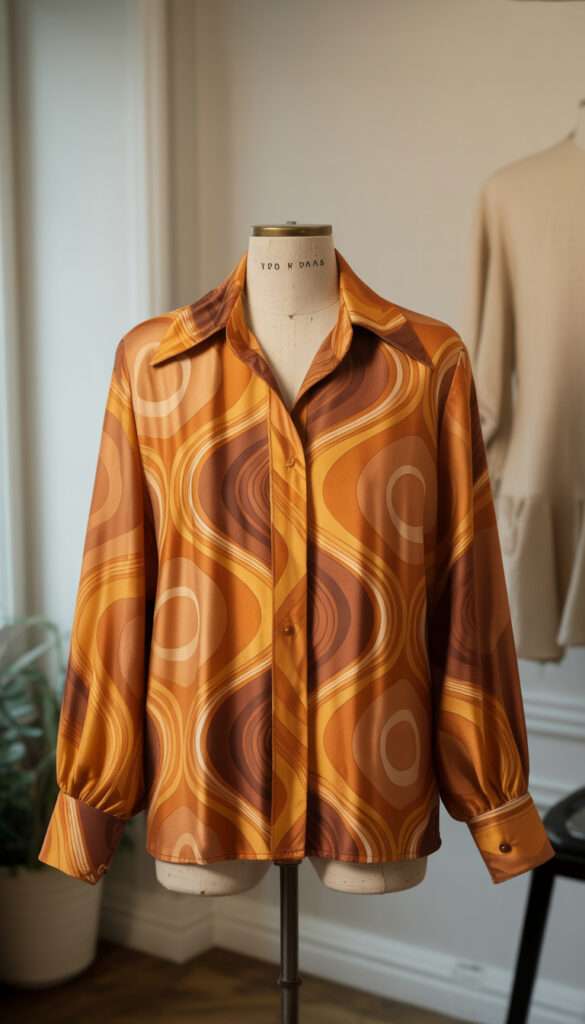
E. Avoiding vintage fashion pitfalls
📏 Sizing in vintage women’s clothing can be tricky—always go by measurements, not the tag.
⚠️ Watch for serious damage like fabric rot or deep yellowing that can’t be fixed.
👠 Don’t sacrifice comfort—if it doesn’t feel good, you won’t wear it, no matter how pretty it is.
💸 Do your homework—know fair prices and buy pieces you’ll truly enjoy, not just collect for the sake of owning them.
Conclusion
Choosing vintage women’s clothing represents a powerful stance against the environmental devastation caused by fast fashion. By embracing garments with history, we not only reduce waste and our carbon footprint but also invest in superior craftsmanship that stands the test of time. The economic benefits of vintage shopping—from supporting local businesses to finding high-quality pieces at accessible prices—further highlight why this choice makes sense for both your wallet and the planet.
As you build your sustainable vintage wardrobe, remember that each piece tells a story and contributes to your unique personal style. Whether you’re just beginning to explore vintage fashion or are a seasoned collector, your choice makes a meaningful difference. Every vintage garment you choose is one less new item produced and one more step toward a more sustainable fashion future. Your closet can be both stylish and a statement of your values—proving that sometimes, the most forward-thinking fashion choice is one with history.
Want to know more fashion ideas? Please click here.
FAQs
How can I tell if a vintage piece is authentic?
Look for details like metal zippers, hand-finished seams, union labels, and natural fabrics like wool or silk. True vintage pieces also often have signs of gentle wear and craftsmanship you don’t see in fast fashion. When in doubt, trust your gut—if something feels off, it probably is.
What’s the best way to care for vintage women’s clothing?
Handle with love! Hand wash delicate items in cold water using mild detergent. Air dry out of direct sunlight, and store with acid-free tissue paper (never plastic). Use padded or wooden hangers to maintain shape, and fix small issues early before they turn into major repairs.
How do I know what size to buy in vintage clothing?
Vintage sizing differs by decade, so always check the actual measurements—not just the label. If shopping online, compare the listed measurements with your best-fitting clothes. Prioritize comfort and fit over the number—tailoring is always an option for small adjustments.
Is vintage clothing really a sustainable choice?
Absolutely! Vintage women’s clothing reduces waste, pollution, and the need for new production. No water, chemicals, or energy are used to remake what already exists. Each vintage piece you buy is a vote for style with substance—and a step toward a slower, more thoughtful fashion future.

